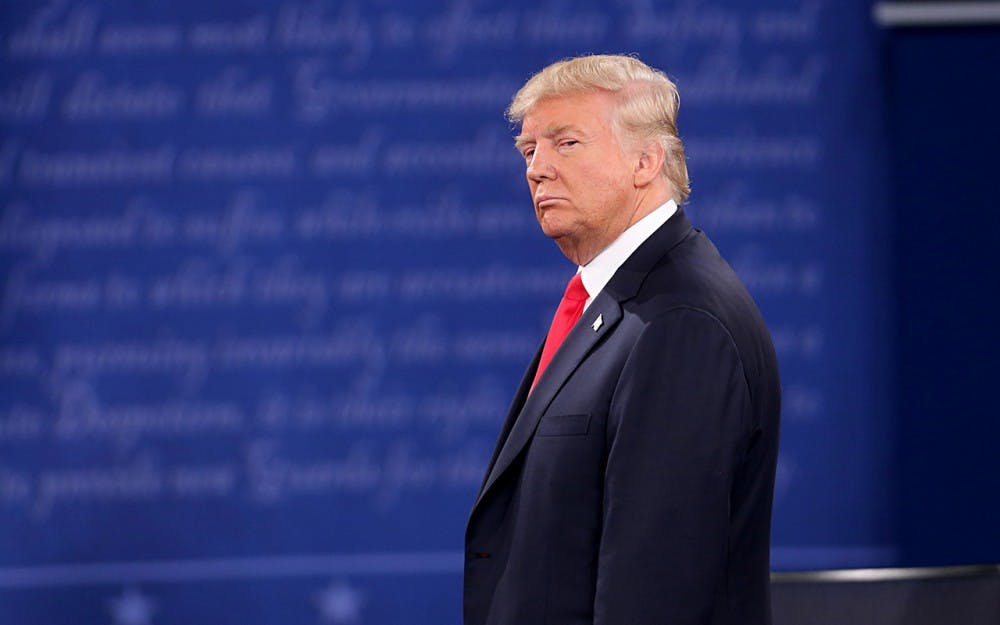I thought Donald Trump was finished.
When I saw the leaked video from 2005 of Trump talking about women like they were objects and not human beings, I thought, “This is it. People are finally going to realize Trump really is the person he has shown us and not just a great guy with a ‘rough exterior’.”
The fact that there are so many people making this argument — that Trump is a fantastic leader with great ideas and is just a little rough around the edges — has forced me to give up on those people. They will not be convinced. But let’s look at what they claim to be more focused on than Trump’s words: both Trump and Clinton’s policy ideas.
Federal law does not require businesses to offer paid maternal or paternal leave. The Family and Medical Leave Act says employers must give new mothers at least 12 weeks of unpaid leave, but this policy leaves behind women in poverty who can’t afford to be cut off from their income for so long. In comparison, some countries that do mandate paid leave include: Mexico (12 weeks at 100 percent pay), Canada (15 weeks at 55 percent pay and 80 percent for low-income families), Iraq (62 days at 100 percent pay) and Germany (14 weeks at 100 percent pay) . In fact, it would be easier to name the countries without any form of paid leave: Swaziland, Papua New Guinea, Lesotho and the United States.
Through an unemployment insurance program, Trump has a plan for six weeks of paid leave for new mothers whose employers don’t already provide it. Trump’s website says these women would get paid the same as a laid-off employee — 46 percent of an average worker’s wage, according to PolitiFact.
This plan, while not as comprehensive as those in other countries, seems like a step in the right direction, especially because it would also apply to married same-sex couples. But the problem comes down to funding. Trump’s only explanation for how this program would be funded is through offset by “additional growth.” According to Trump’s website, the increased economic activity that would come from Trump’s reforms in other areas would finance the plan, along with changes in spending for some federal agency operations.
I’m not convinced. One, Trump’s tax reform is basically a sequel to Ronald Reagan’s “trickle-down” economics, which were proven to be ineffective. Two, Trump doesn’t seem to be particularly focused on following through with any plans that aren’t related to defense, immigration or tax code. Trump has previously labeled pregnancy as an inconvenience in the workplace, and one of the FAQs in his plan asks “Will the maternity leave policy cause employers to view women as less desirable employees because of paid leave?”
Clinton’s plan is much more comprehensive. It guarantees up to 12 weeks of paid family leave for new mothers at a minimum of two-thirds of their wages, and Clinton plans to fund this through higher taxes on the wealthy.
It’s a good plan that puts us closer to other developed countries, but it has a similar problem as Trump’s plan — it’s doubtful that her proposed way of funding will actually work. According to PolitiFact, the Committee for a Responsible Federal Budget put her at $250 billion short over 10 years of paid leave, assuming her tax increases make it through Congress.
However, Clinton has repeatedly brought this issue to the table. It’s one of her common talking points, and she has shown a strong dedication to women’s issues that Trump sorely lacks.
Of course, there are many more women’s issues than paid maternal leave for voters to consider. But it would take an entire book to lay them all out, and this issue is a good basis for gauging the candidates’ willingness to value women in a legal sense.




